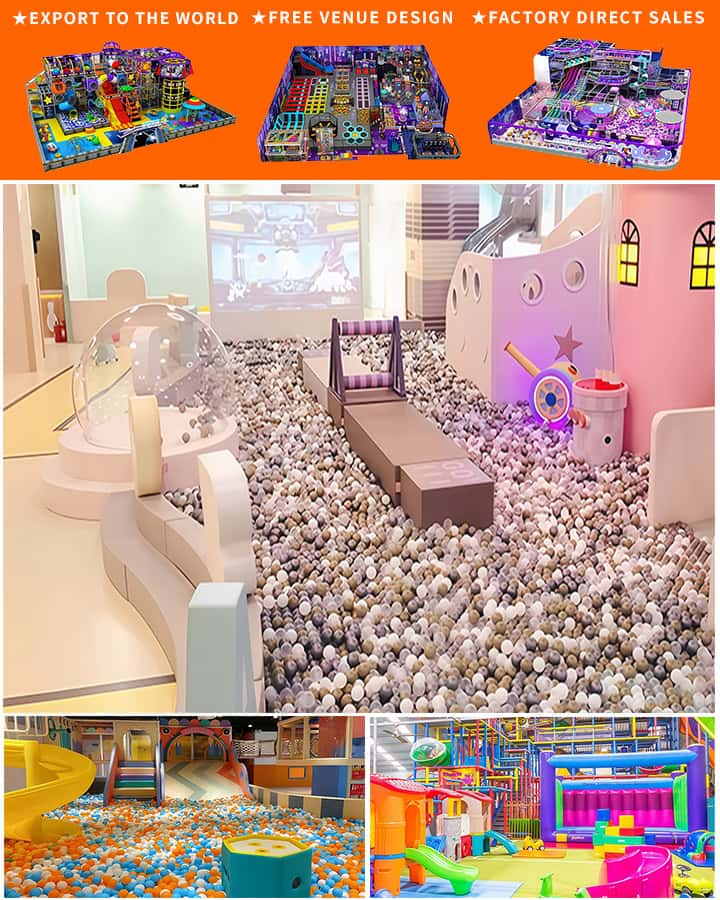Playgrounds are more than just a place for children to burn off their energy; they play a crucial role in physical development, social interaction, and emotional well-being. For schools, providing high-quality playground equipment is essential not only for the enjoyment but also for the safety and developmental benefits of students. Here, we explore the significance of investing in quality playground equipment for educational institutions.
Physical Development
One of the most apparent benefits of playground equipment is its contribution to physical development. Climbing structures, balance beams, swings, and slides help children develop motor skills, coordination, and strength. These activities enhance gross motor skills, which are foundational for more complex physical tasks that children will encounter as they grow. Additionally, regular physical activity helps combat childhood obesity, promotes cardiovascular health, and contributes to overall fitness.
Social Interaction
Playgrounds serve as social hubs where children learn to interact, share, and collaborate with their peers. Group activities like see-saws, merry-go-rounds, and team sports foster cooperation and communication skills. In these informal settings, children develop essential social skills such as empathy, conflict resolution, and teamwork. The inclusivity of diverse playground equipment ensures that all children, regardless of their abilities, can participate and benefit from social interactions.

Emotional and Psychological Benefits
Quality playground equipment also provides significant emotional and psychological benefits. Outdoor play allows children to release pent-up energy and stress, contributing to improved mood and reduced anxiety. The freedom to explore and engage in unstructured play stimulates creativity and imagination. Moreover, overcoming challenges on the playground, such as mastering a climbing wall or navigating a balance beam, builds self-confidence and resilience.
Safety Considerations
Safety is paramount when it comes to playground equipment. Schools must prioritize the installation of age-appropriate, well-maintained, and compliant-with-safety-standards equipment. Regular inspections and maintenance ensure that the equipment remains safe for use, minimizing the risk of accidents and injuries. Investing in shock-absorbent surfaces, proper anchoring, and rounded edges further enhances safety. By prioritizing safety, schools create an environment where children can play without constant supervision, allowing them to explore freely and confidently.
Educational Opportunities
Playgrounds also offer unique educational opportunities. Teachers can incorporate outdoor play into the curriculum, using equipment to teach concepts such as physics, engineering, and environmental science. Activities like measuring shadows, exploring gravity with swings, or discussing the mechanics of seesaws provide hands-on learning experiences that complement classroom instruction. Additionally, playgrounds can be spaces for environmental education, where students learn about nature, biodiversity, and sustainability.
Inclusive Design
Modern playground design emphasizes inclusivity, ensuring that all children, including those with disabilities, can access and enjoy the equipment. Inclusive playground features such as wheelchair-accessible carousels, sensory play elements, and adaptive swings enable children of all abilities to participate equally. This fosters a sense of belonging and acceptance, promoting a positive school culture.
Conclusion
In conclusion, investing in quality playground equipment for schools is an investment in the overall development and well-being of students. The benefits extend beyond physical health to encompass social, emotional, and educational growth. By prioritizing safety, inclusivity, and creativity, schools can create vibrant, enriching environments that support the diverse needs of their students. Ultimately, a well-equipped playground serves as a cornerstone of a thriving school community, nurturing happy, healthy, and capable young individuals.




